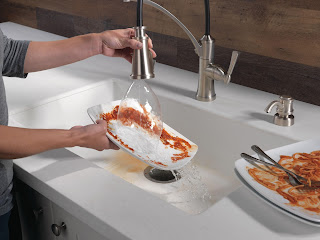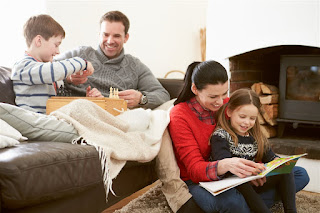Beyond inconvenience, widespread and long-term power outages resulting from storms raise a much more serious concern: carbon monoxide (CO) poisoning. While the poisonous gas can come from any fossil fuel-burning appliance or vehicle, the risk posed by generators is of particular concern because of this year’s devastating storm season.
Keller Homeowners should be mindful of the following:
What is CO?
Often dubbed “the silent killer,” the gas is colorless and odorless, making it impossible to detect without a CO alarm. According to the Journal of the American Medical Association, CO poisoning is the No. 1 cause of accidental poisoning in the United States and is responsible for an average of 450 deaths each year.
CO poisoning is notoriously difficult to diagnose — often until it’s too late. Symptoms mimic those of many other illnesses, and include nausea, headaches, dizziness, weakness, chest pain and vomiting. In more severe poisoning cases, people may experience disorientation or unconsciousness, or suffer long-term neurological disabilities, cardio-respiratory failure or death.
Sources of CO may include, but are not limited to, generators, heaters, fireplaces, furnaces, appliances or cooking sources using coal, wood, petroleum products or other fuels emitting CO as a by-product of combustion. Attached garages with doors, ductwork or ventilation shafts connected to a living space also are sources of CO.
What should you do?
The National Fire Protection Association recommends installing CO alarms on every level of the home, including the basement, and within 15 feet of all sleeping rooms. These alarms are the first line of defense against CO poisoning. Checking alarms regularly and following manufacturer instructions for alarms and all home equipment play an equally vital role.
In case of power outage, never use a generator indoors. Portable electricity generators must be used outside only and should never be used in a garage or in any confined area that can allow CO to collect. When running a generator, be sure to remain 15 to 20 feet away from the outside perimeter of the home and be careful to follow operating instructions closely.
Additional areas to consider include the kitchen stove, a frequent source of CO poisoning in the home. Ensure the kitchen vent or exhaust fan is running to limit exposure. For any fuel-burning appliances in the home, make sure to have a professional inspect them regularly to detect any CO leaks. This includes items such as the furnace, oven, fireplace, dryer and water heater.
If you have an attached garage, it is extremely important to never leave your car running inside. Even if the garage door is open, CO emissions can leak inside the home.
CO alarms should be battery-powered or hardwired with battery backup. To help ensure your family is protected, First Alert offers a variety of alarms to meet all needs, including a table-top alarm with a 10-year sealed battery and digital display to see detected CO levels in parts per million. Additional alarm options include plug-in and wall-mount alarms, hardwired alarms with battery backup, and a combination smoke and CO alarm for 2-in-1 protection.
In addition to carbon monoxide alarms, fire extinguishers, along with smoke alarms, should be an integral part of a comprehensive safety plan for your
Keller home.
Most importantly, if your CO alarm sounds, go outside for fresh air immediately and call 911.
Whether it's selling your home or finding a new one, we have designed this site so that you can quickly and easily locate the information you are looking for. The Grove Team's client-centered approach results in the best possible outcome for you. Please contact us now to begin the process of achieving your dreams in home ownership.




























